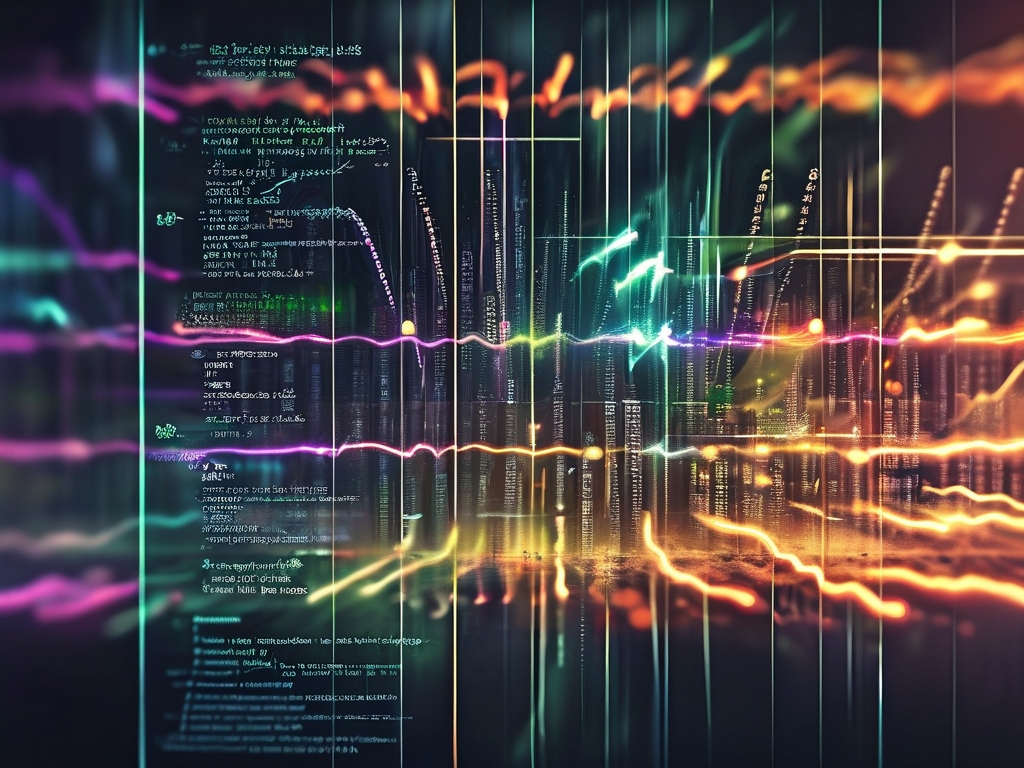Communication signal processing forms the backbone of modern telecommunication systems, enabling the reliable and efficient transmission of information across vast distances and challenging environments. At its core, a suite of sophisticated algorithms manipulates signals – often buried in noise or distorted by the channel – to extract the intended message. Understanding these fundamental algorithms is crucial for engineers designing everything from simple radios to complex 5G base stations and satellite communication systems. While implementations vary, several key algorithmic families are ubiquitous.

Spectral Analysis: The Foundation with FFT The Fast Fourier Transform (FFT) is arguably the most indispensable algorithm. It efficiently converts a signal from its time-domain representation (amplitude vs. time) into the frequency domain (magnitude and phase vs. frequency). This transformation is vital for numerous tasks:
- Spectrum Monitoring: Identifying occupied frequency bands and potential interference sources.
- Modulation/Demodulation: Many modulation schemes (like OFDM in Wi-Fi and 5G) rely heavily on FFT/IFFT (Inverse FFT) operations for efficient multi-carrier transmission and reception. The transmitter uses IFFT to combine multiple data streams onto orthogonal subcarriers, and the receiver uses FFT to separate them.
- Channel Characterization: Analyzing the frequency response of a communication channel to understand its attenuation and phase shift characteristics at different frequencies.
- Filter Design & Analysis: Visualizing the passband, stopband, and transition bands of filters.
import numpy as np
import matplotlib.pyplot as plt
# Generate a sample signal (e.g., sum of two sine waves)
Fs = 1000 # Sampling frequency
t = np.arange(0, 1, 1/Fs) # Time vector
f1, f2 = 50, 120 # Frequencies in Hz
signal = 0.7 * np.sin(2 * np.pi * f1 * t) + np.sin(2 * np.pi * f2 * t)
# Compute FFT
N = len(signal)
freqs = np.fft.fftfreq(N, 1/Fs)[:N//2] # Positive frequencies only
fft_vals = np.fft.fft(signal)
magnitude = np.abs(fft_vals[:N//2]) * 2 / N # Scale for magnitude
# Plot Spectrum
plt.figure()
plt.plot(freqs, magnitude)
plt.title('Frequency Spectrum (FFT)')
plt.xlabel('Frequency (Hz)')
plt.ylabel('Magnitude')
plt.grid(True)
plt.show()
Adaptive Filtering: Combating Noise and Interference Real-world channels introduce noise, echoes (multipath), and co-channel interference. Adaptive filters dynamically adjust their coefficients to minimize an error signal, effectively learning the inverse characteristics of the channel or noise source. Two cornerstone algorithms are:
- Least Mean Squares (LMS): Known for its simplicity and low computational cost. It iteratively adjusts filter weights in the direction opposite to the gradient of the mean squared error. Widely used in echo cancellation (e.g., in teleconferencing, modems) and channel equalization.
w(n+1) = w(n) + μ * e(n) * x(n)whereware weights,μis the step size,eis the error,xis the input vector. - Recursive Least Squares (RLS): Offers significantly faster convergence than LMS but at the expense of higher computational complexity. It minimizes the weighted least squares error recursively. Often used in demanding applications requiring rapid adaptation, like beamforming in radar or high-speed modems over rapidly varying channels.
Synchronization: Aligning in Time and Frequency Accurate synchronization is non-negotiable for reliable data recovery. Algorithms ensure the receiver's clock (symbol timing) and carrier frequency/phase match the transmitter's:
- Symbol Timing Recovery: Algorithms like the Gardner Timing Error Detector (TED) or Mueller & Müller TED extract timing error information from the received signal samples to adjust the sampling clock phase, ensuring samples are taken at the optimal instant within each symbol period to minimize inter-symbol interference (ISI).
- Carrier Synchronization: Phase-Locked Loops (PLLs) and Costas loops are fundamental circuits often implemented digitally using algorithms. They track and correct carrier frequency offsets (CFO) and phase noise introduced by oscillators or Doppler shift. The Phase Detector (PD) within these loops is a critical algorithmic component comparing the phase of the received signal with a local oscillator estimate. Techniques like the Preamble-based correlation used in 5G NR's Primary Synchronization Signal (PSS) detection are also vital for initial frequency and frame alignment.
Channel Coding & Decoding: Ensuring Data Integrity To combat inevitable errors introduced by the channel, information is redundantly encoded before transmission. Powerful decoding algorithms recover the original data:
- Viterbi Algorithm: A dynamic programming algorithm that is the optimal (maximum likelihood) decoder for convolutional codes over memoryless channels. It efficiently finds the most likely sequence of transmitted symbols by exploring a trellis diagram representing the code's states and transitions. Its efficiency stems from discarding improbable paths early (the Viterbi path history). Essential in deep-space communication, early mobile standards (GSM), and often used within turbo and LDPC decoders.
- BCJR Algorithm (MAP Decoder): Used for optimal decoding (bit or symbol level) in applications like turbo codes, where iterative decoding between constituent decoders yields near-Shannon limit performance. Computes the a posteriori probabilities (APPs) of bits or symbols.
- LDPC & Turbo Decoders: Modern high-performance codes (Low-Density Parity-Check, Turbo Codes) use iterative belief propagation algorithms (e.g., Sum-Product Algorithm, Min-Sum Algorithm for LDPC; iterative exchange of extrinsic information between SISO decoders for Turbo Codes). These algorithms pass probabilistic messages between nodes representing bits and parity checks, gradually converging on the most likely transmitted codeword. They are the workhorses of 5G data channels and satellite broadcasting standards like DVB-S2.
Beamforming and Spatial Processing With the advent of MIMO (Multiple-Input Multiple-Output) systems, algorithms for spatial filtering became critical:
- Digital Beamforming: Algorithms like MVDR (Minimum Variance Distortionless Response) or LMS/RLS applied across antenna arrays calculate complex weights for each antenna element. This coherently combines signals to form beams towards desired users and nulls towards interferers, dramatically increasing capacity and range. Algorithms estimate the Direction of Arrival (DoA) (e.g., MUSIC, ESPRIT) as a prerequisite for beam steering.
- MIMO Detection: Algorithms like Zero-Forcing (ZF), Minimum Mean Squared Error (MMSE), Sphere Decoding, and Maximum Likelihood (ML) detection are used at the receiver to separate spatially multiplexed data streams transmitted simultaneously from multiple antennas. The choice balances complexity and performance.
The effectiveness of modern communication systems hinges on the seamless integration and execution of these algorithms. Often, they work in concert: FFTs enable OFDM modulation/demodulation, adaptive filters equalize the channel within each subcarrier, sophisticated decoders correct residual errors, and beamforming focuses energy directionally. Continuous research pushes the boundaries, developing more efficient implementations (e.g., approximate computing for ML detection), robust algorithms for non-linear channels, and leveraging machine learning for tasks like channel prediction or end-to-end optimization. Mastering these core algorithms provides the essential toolkit for innovating the next generation of communication technologies. Experimenting with libraries like GNU Radio or MATLAB/Simulink provides practical insight into how these algorithms function together within Software Defined Radio (SDR) platforms.



